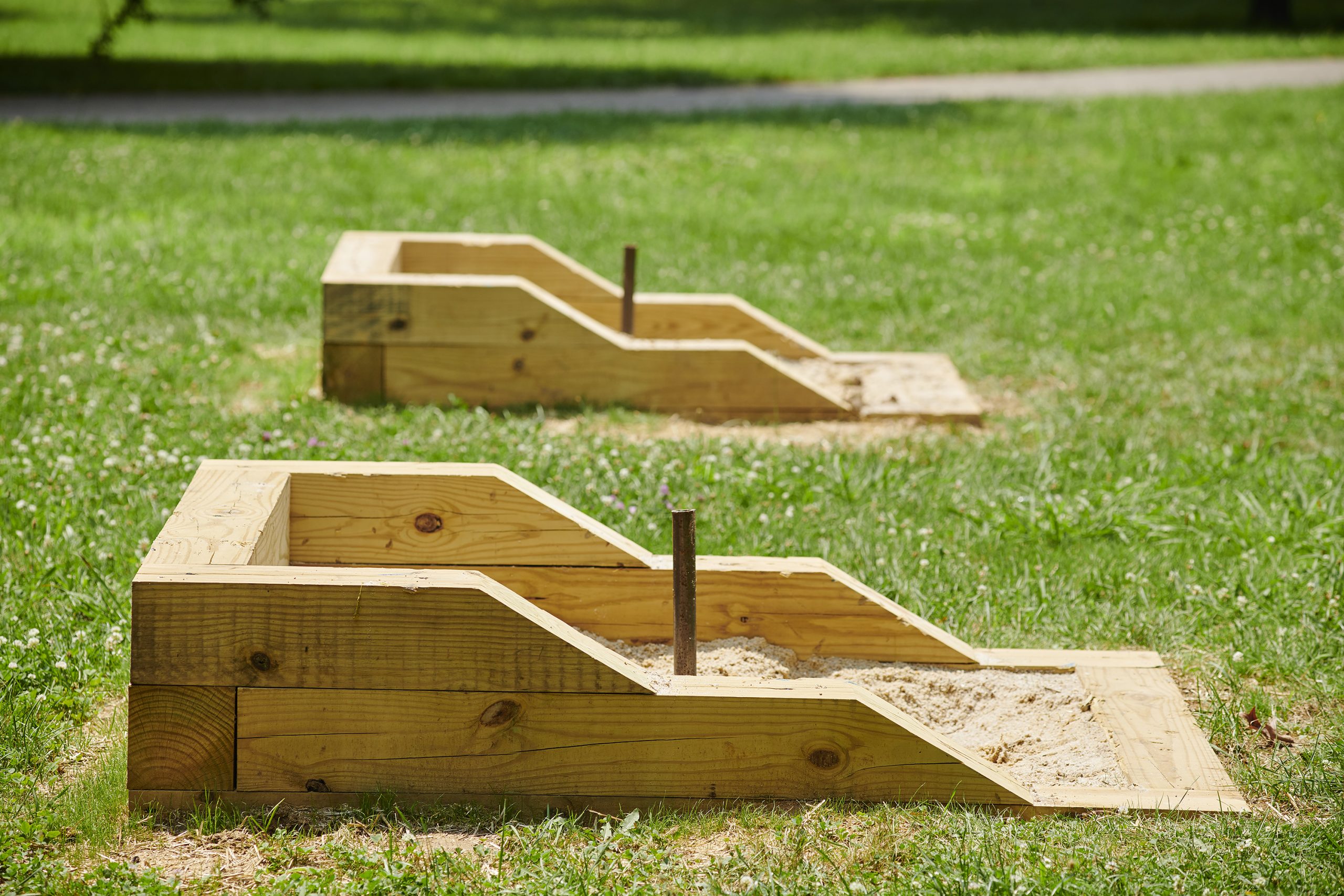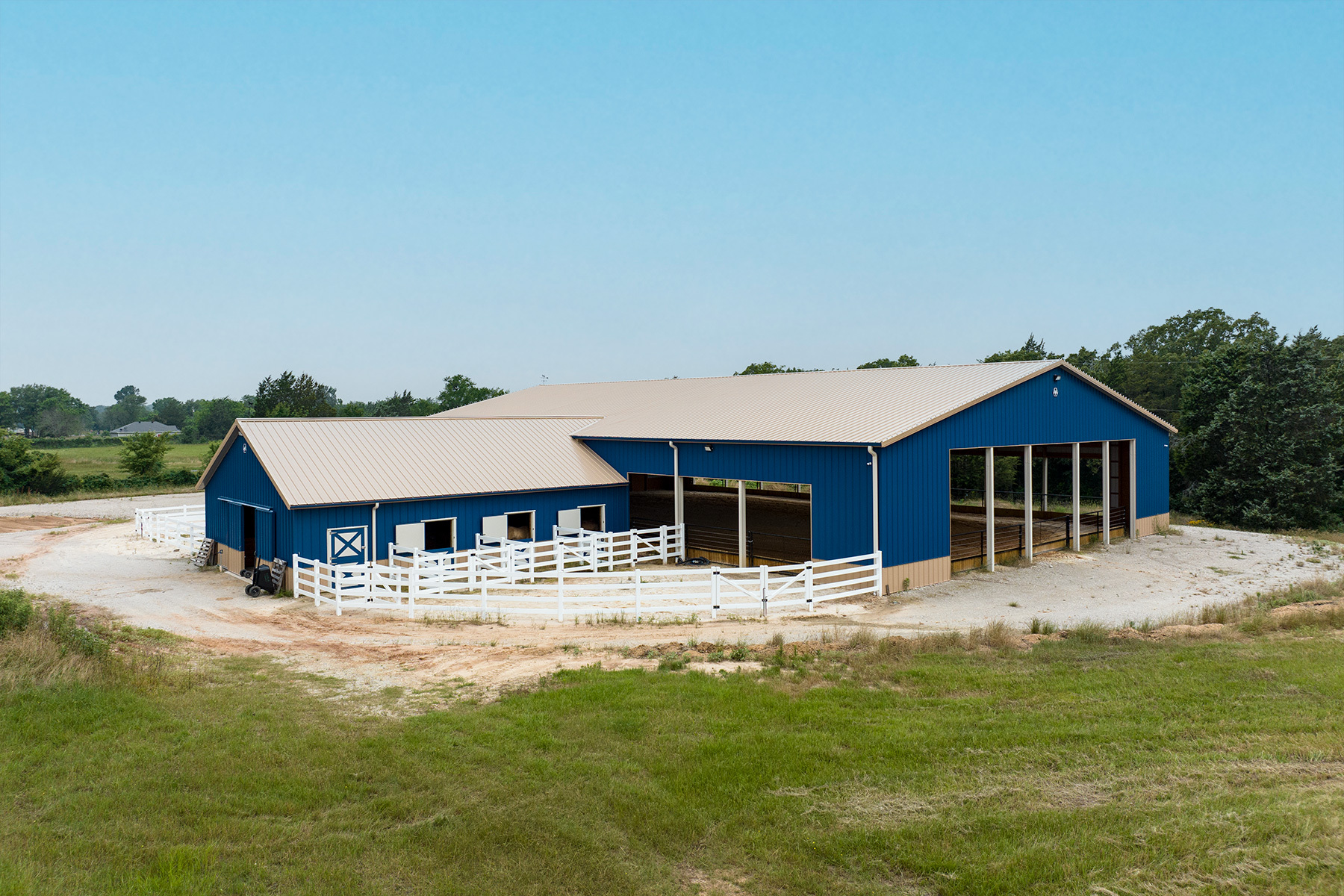From Backyard to Barn: Creating Your Own Horse Haven

Creating a horse haven is a rewarding journey that transforms your backyard into a safe, comfortable, and nurturing environment for your equine friends. This guide will walk you through the essential steps and considerations to build a perfect horse sanctuary, whether you’re a seasoned horse owner or a passionate beginner.
Planning Your Horse Haven

Before you start building, careful planning is crucial. Consider the following factors:
- Space Requirements: Horses need ample space to move freely. A minimum of 1 to 2 acres per horse is recommended for grazing and exercise.
- Zoning and Permits: Check local regulations regarding livestock and barn construction to ensure compliance.
- Budgeting: Outline your budget for land preparation, materials, labor, and ongoing maintenance.
Designing the Barn and Facilities
A well-designed barn is the heart of your horse haven. Key elements include:
| Feature | Description |
|---|---|
| Stalls | Spacious, well-ventilated stalls with safe flooring |
| Tack Room | Organized storage for saddles, bridles, and gear |
| Feed Storage | Dry, secure area to keep feed fresh and pest-free |
| Wash Area | Proper drainage and non-slip surfaces for grooming |
Pasture Management
Healthy pastures are vital for your horse’s nutrition and well-being:
- Fencing: Use sturdy, horse-safe fencing like wooden rails or vinyl to prevent injuries.
- Grass Maintenance: Rotate grazing areas to prevent overgrazing and promote regrowth.
- Water Supply: Ensure constant access to clean, fresh water.
Daily Care and Maintenance
Maintaining your horse haven requires daily attention:
- Feeding: Provide a balanced diet tailored to your horse’s age, health, and activity level.
- Cleaning: Regularly muck out stalls and maintain cleanliness to prevent disease.
- Exercise: Plan daily exercise routines to keep your horse fit and happy.
Frequently Asked Questions (FAQ)
Q1: How much space does a horse need?
A: Ideally, 1 to 2 acres per horse for grazing and exercise.
Q2: What type of fencing is safest for horses?
A: Wooden rail or vinyl fencing is recommended for safety and durability.
Q3: How often should stalls be cleaned?
A: Daily cleaning is best to maintain hygiene and prevent respiratory issues.
Q4: Can I build a barn myself?
A: Yes, with proper planning and skills, but consulting professionals is advisable.
Conclusion
Transforming your backyard into a horse haven is a fulfilling project that requires thoughtful planning, design, and daily care. By following these guidelines, you can create a safe and comfortable environment that your horses will love.
Would you like me to help enhance the introduction or add more detailed sections on horse nutrition or barn safety?
